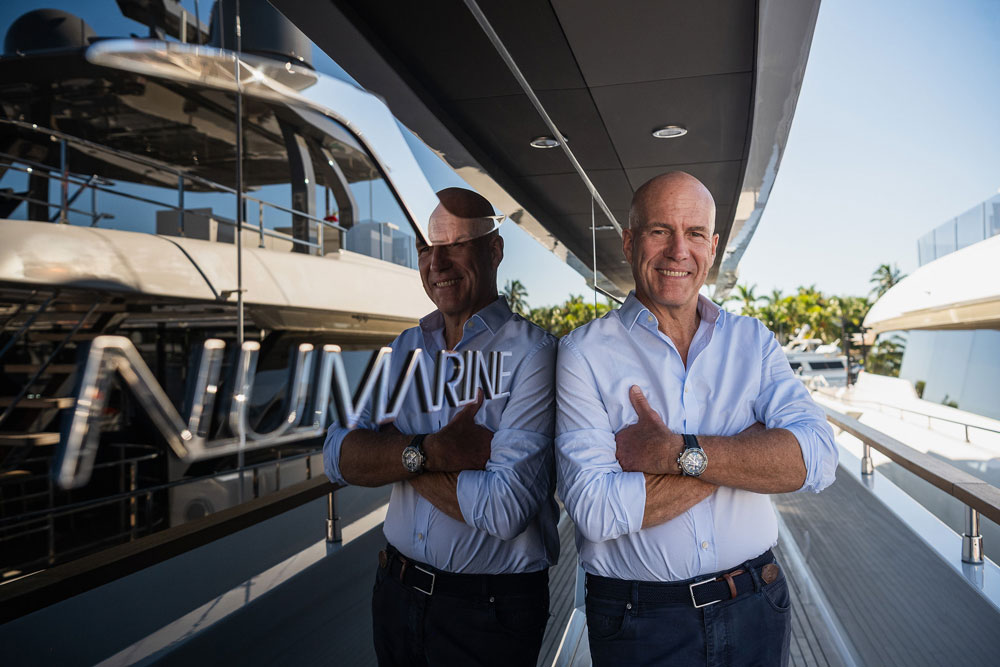Battery manufacturer EST-Floattech raises millions from its shareholders – and gains the City of Rotterdam as a new investor.
EST-Floattech will receive an investment of €4 million from the municipal Energy Transition Fund Rotterdam and existing shareholders Rotterdam Port Fund, PDENH, Ponooc and Yard Energy[ds_preview].
This was announced today by Chantal Zeegers, Alderman for Climate, Construction and Housing in Rotterdam. The ‘Energietransitiefonds’ is the investment fund of the municipality of Rotterdam.
Joep Gorgels, Chief Financial Officer and Chief Business Development Officer (CBDO) of EST-Floattech, said: “The investment not only brings new capital that will help us take the next step towards growth, but also shows that the Netherlands believes in the power of innovation and sustainable energy.” Together, they want to contribute to making the maritime industry more sustainable.
EST-Floattech develops and produces lithium-ion battery systems for the electric and hybrid propulsion of inland vessels, ferries, yachts “and more”.
The Energy Transition Fund Rotterdam is investing €3 million, the fund’s first investment in maritime battery systems. The existing shareholders are jointly investing €1 million.
EST-Floattech wants to grow
As fund manager of the Energy Transition Fund Rotterdam and investor in the Rotterdam Port Fund, the InnovationQuarter is closely involved in the investment. EST-Floattech contributes to the maritime ecosystem through its “numerous Rotterdam clients”, including the Damen shipyard group and the tugboat company Kotug. The innovation in the field of electrification is said to be in line with the Regional Maritime Agenda 2030 and the Regional Energy Strategy for Rotterdam and The Hague.
Inland and maritime shipping together are responsible for 16.5% of CO2 emissions in the Netherlands. The transportation of goods by water is expected to increase significantly in the coming years. Currently, only 1% of the global fleet is electrified and the sector has a huge amount of catching up to do in order to achieve net zero consumption by 2050, the report continues. Another aspect: the inclusion of shipping in the European CO2 emissions trading system EU-ETS since January 1, 2024 for larger ships (smaller ships are to follow in 2026). “The rising costs associated with CO2 emissions are making electrification increasingly interesting in a rapidly growing market. As the second largest market player, this is a great opportunity for EST-Floattech,” say the partners.
EST-Floattech is working with Dutch partners for the aluminum housing, the insulating material, the electronic components and the racks in which the battery cells are installed. The investment should enable the manufacturer to continue to grow both nationally and internationally. The company is focusing on “market leadership in Northwest Europe” and is working with battery manufacturer DuraPower to gain access to Asia and Oceania. EST-Floattech also plans to focus on larger vessels in the future.











